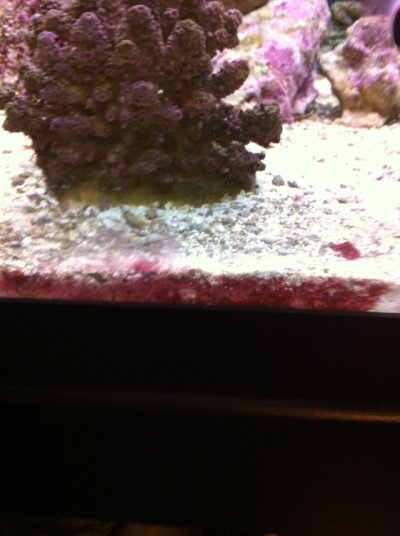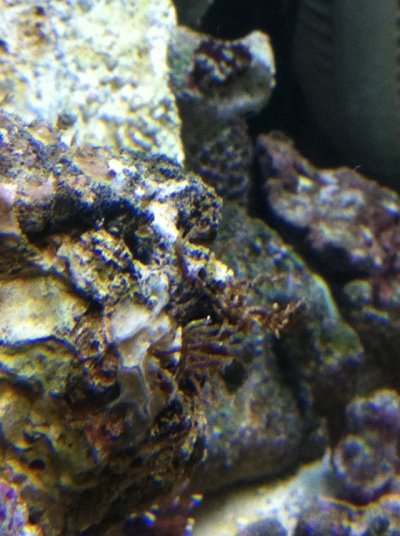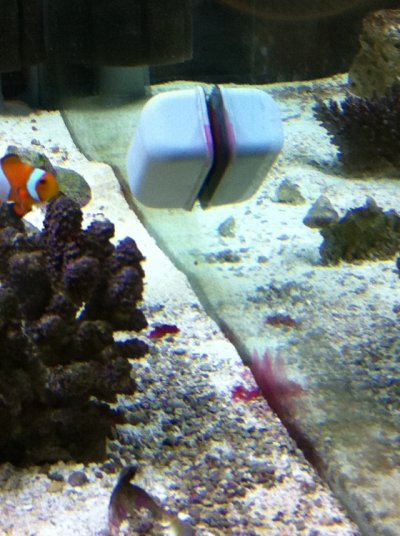RYANLAWRENCE
Aquarium Advice Freak
Hey just need a couple of things identified
The first picture is of this (Algae?) im not really sure what it is haha. it looks like coraline algae at first glance but it is filamentous like green algae except pink. It prefers to live under the sand bed (odd) it doesnt come out on the glass much as shown by the other picture. Is this stuff bad? and the other picture is another algae i presume. It is brown and tubular. Any ideas??
Thanks
The first picture is of this (Algae?) im not really sure what it is haha. it looks like coraline algae at first glance but it is filamentous like green algae except pink. It prefers to live under the sand bed (odd) it doesnt come out on the glass much as shown by the other picture. Is this stuff bad? and the other picture is another algae i presume. It is brown and tubular. Any ideas??
Thanks



